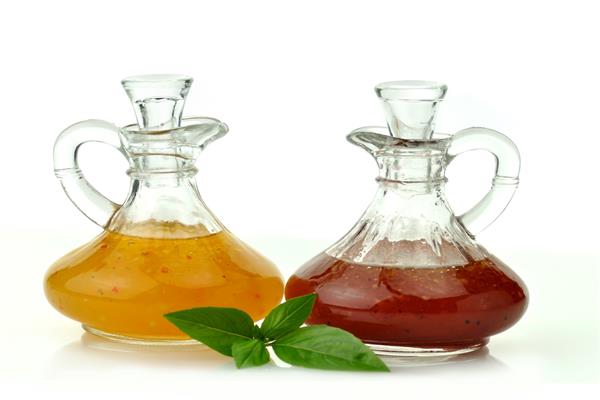Last month, a young and beautiful girl came to my clinic. She was dressed very stylishly, but she lacked the confidence she should have. When she sat down, I noticed dense dandruff on her shoulder. Seeing me paying attention to her shoulders, she was a little embarrassed: "Actually, I have used a lot of anti-dandruff shampoos, probably because they contain a lot of chemical ingredients. Not only did the dandruff problem remain unresolved, the hair would dry out after a long time. Dryness is really annoying."

Everyone knows that the cells on the scalp are undergoing metabolism every day, and the dead cells will become small particles that cannot be observed by the human eye and fall off. Generally, it will not affect our normal life and work. If something goes wrong with this process, the scalp cell maturation process is not complete, and the immature cells reach the top layer of the skin, and they will peel off with visible white or gray scales to form dandruff. Excessive dandruff is mainly caused by a fungus-Malassezia, which irritates the skin with excessive oil on the scalp, causing flakes of cells to fall off like snowflakes. Special reminder is that when you feel a lot of dandruff, do not scratch or scrape with your nails or sharp objects, otherwise you will only scratch and scratch more.
So, is there a natural method of treating dandruff do? Yes, with fresh vinegar dandruff effect is very good. This is because the main component of vinegar is acetic acid, which has a strong bactericidal effect and can protect the skin and hair very well. Washing the skin with vinegar-added water can make the skin absorb much needed nutrients, thereby softening the skin and enhancing skin vitality.

Of course, vinegar can be divided into white vinegar, aged vinegar, and rice vinegar, but no matter which kind of vinegar, it has different effects on the problem of dandruff. Here are a list of them: White vinegar: Take 80 ml of white vinegar and 5 grams of ginger . Slice the ginger, put it in a pot and boil. When the water is not hot, pour in white vinegar and stir well. Using this water to wash hair 3 times a week has the effect: white vinegar has the effect of sterilization and disinfection, and ginger has a strong killing effect on Malassezia. It can also expand the blood vessels under the scalp and increase the blood supply to the hair follicles. Therefore, this remedy not only reduces dandruff and relieves itching, but also reduces split ends.
Aged vinegar: Take 150 ml of old vinegar, add 1000 ml of warm water, stir well, and then use it to wash your hair. Before shampooing, clean the hair with a small amount of shampoo. After rinsing the foam, soak the hair in vinegar water and rub it gently for 3-5 minutes. Finally, rinse the vinegar smell from the hair with warm water. You can also add some conditioner and wash your hair again.
Efficacy: Old vinegar can not only effectively eliminate dandruff and itching, kill bacteria, but also effectively neutralize the alkaline hair dye or perming agent remaining on the hair and roots, inhibit the generation of seborrheic substances in the scalp, and promote the occurrence of hair . Therefore, this remedy is particularly suitable for perm and dyed hair.
Rice vinegar: 2 tablespoons of rice vinegar, half a cup of distilled water, 5 drops of tea tree oil. Put the rice vinegar, steamed water, and tea tree essential oil into the container and mix well. When using it, apply hair care water to the roots of the hair several times, massage the scalp, rinse with warm water after about 5 minutes, and then shampoo and condition the hair as usual.
Efficacy: Rice vinegar can inhibit the growth of scalp fungi and remove dandruff; tea tree oil has a strong antiseptic effect, can enhance skin resistance and balance skin oil. Rice vinegar is used with tea tree oil to control oil and dandruff.
In life, most people with a lot of dandruff will have itching. Speaking of itchy scalp, I have to mention the correct details of combing hair. When combing your hair, you should spread all the hair and comb back from the edge of the forehead; comb from front to back at the temples; comb forward from the roots of the back, and finally comb the entire scalp from top to bottom. By the way, the comb should be horn, peach or boxwood comb. The comb teeth should not be too thin or too dense, and should be short and bald. Of course, comb your hair with moderate effort to stimulate blood circulation in the scalp. It takes 5-6 times to comb the hair in all directions. If you insist on this, it can not only remove dust and dirt from the hair, but also effectively prevent itching of the scalp, and has a massage effect on the scalp.
In addition, beauties should also have a "degree" in their love. Hair dyeing and hair soup should not be too frequent, because chemical products such as hair dyes, perms, hair gels can damage the hair, stimulate the scalp, and also aggravate the formation of dandruff. It can damage the hair shaft and cause hair breakage.


0 Comments